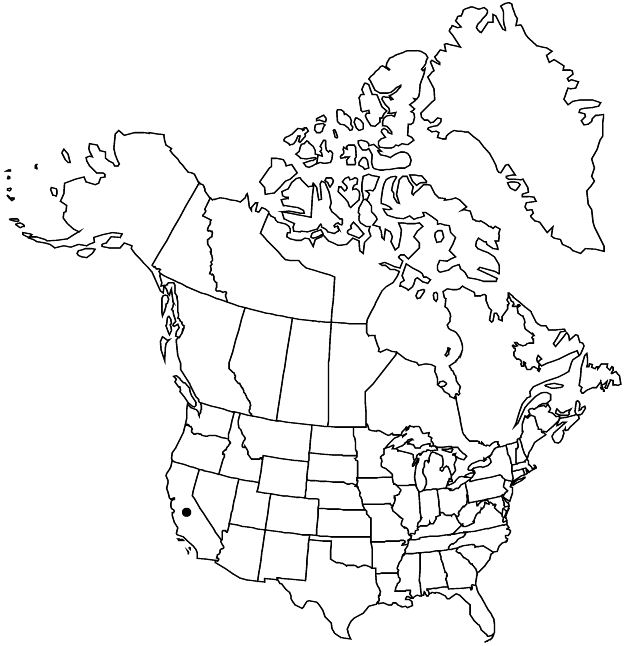Potentilla multijuga
Index Seminum (Hamburg) 1849: 6. 1849.
Plants ± rosetted; taproots ± fleshy-thickened. Stems prostrate to ascending, 2–5(–7) dm, lengths 1–2 times basal leaves. Basal leaves pinnate with distal leaflets ± confluent, 10–22 × 1.5–3.5 cm; petiole (2–)4–10 cm, straight hairs absent or sparse, appressed, 0.5–1.5 mm, stiff, cottony hairs absent, glands absent; primary lateral leaflets 3–8 per side, on distal 1/3–2/3 of leaf axis, ± separate, largest ones cuneate to obovate, 1–2.2 × 0.8–1.5 cm, distal 1/3–2/3 of margin ± evenly incised ± 1/2 to midvein, ultimate teeth 3–6, ± ovate, 2–6 × 1.5–3 mm, apical tufts absent, surfaces green, not glaucous, straight hairs sparse to nearly absent (except on margins), ± appressed, 0.5–1 mm, stiff, cottony hairs absent, glands absent or sparse. Cauline leaves 1–3. Inflorescences 3–10(–20)-flowered, very openly cymose, sometimes racemiform. Pedicels 1.5–3.5(–5) cm, ± recurved in fruit. Flowers: epicalyx bractlets ovate-elliptic, 2.5–4(–5) × 1.5–3 mm, sometimes toothed; hypanthium 4–6 mm diam.; sepals 4–6(–7) mm, apex acute, rarely acuminate; petals 4.5–10 × 4–10 mm; filaments 1.5–3(–4.5) mm, anthers 0.7–1 mm; carpels 5–10, styles 2–3 mm. Achenes 1.8–2 mm, smooth to faintly rugose, possibly carunculate.
Phenology: Flowering spring–early summer.
Habitat: Brackish coastal meadows or marshes
Elevation: 0–10 m
Discussion
Of conservation concern.
Potentilla multijuga is known only from a handful of collections made in the 1890s near the current site of Los Angeles International Airport. All efforts to locate extant plants have failed; the species is presumed extinct. Continued use of P. multijuga for this species required conservation of the name with a conserved type, because the type designated by Lehmann is a specimen of Horkelia cuneata Lindley var. cuneata (B. Ertter and J. L. Reveal 2008).
Selected References
None.
